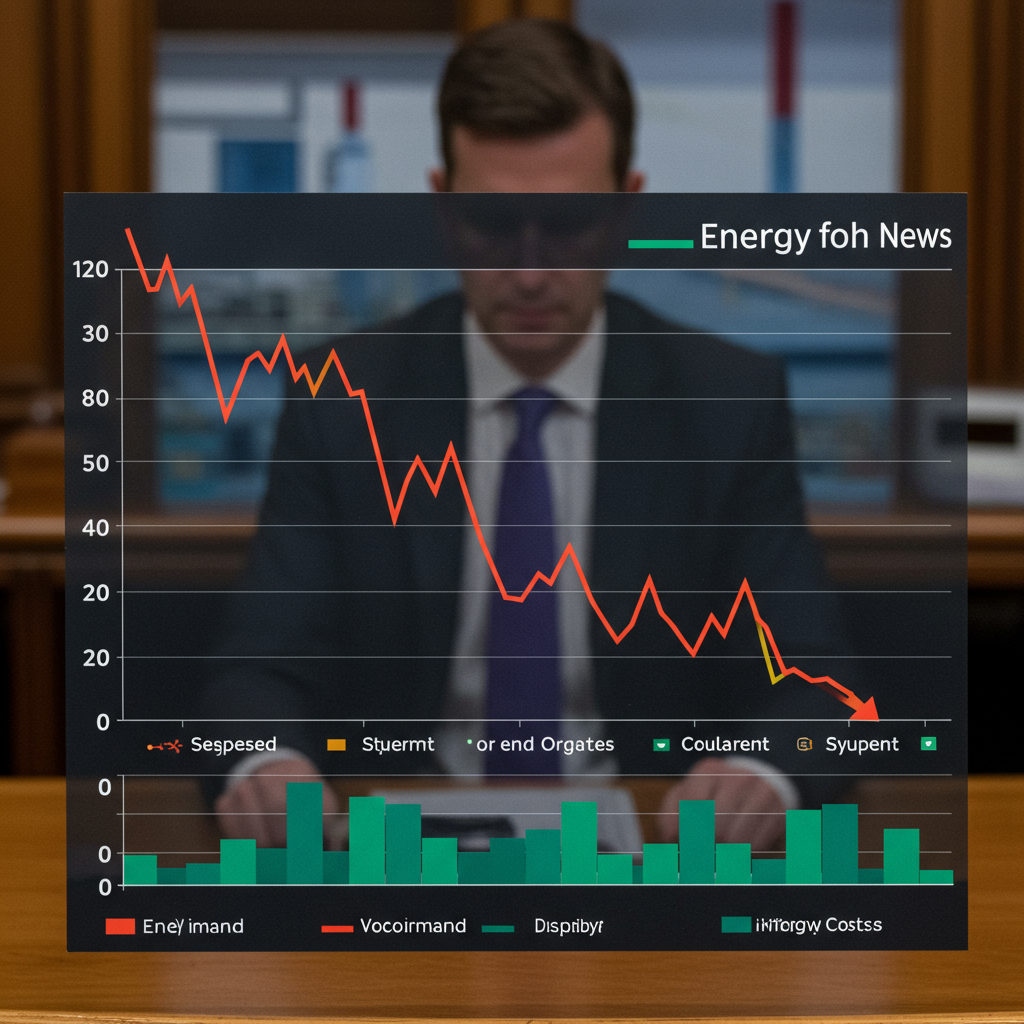Recent US jobs figures delivered a noteworthy signal to economists and policymakers alike. The data arrived at a critical time, influencing expectations for the Federal Reserve’s upcoming decisions on interest rates. This latest report suggests a potential delay in any plans for monetary policy easing. Understanding these numbers is key to grasping the current economic picture and the fed’s likely path forward.
Surprising Jobs Strength
The June 2025 jobs report revealed the US labor market’s surprising resilience. Employers across the nation added more jobs than forecasters had anticipated. This beat expectations, signaling continued demand for labor. The unemployment rate also saw a slight decrease. This combination of factors initially paints a picture of robust economic health.
Understanding the Numbers
Delving deeper into the report shows a more nuanced story. While the headline numbers were strong, growth in private payrolls demonstrated some softening. This suggests unevenness beneath the surface of the headline figures. It is important to look beyond simple job creation counts. Analysts examine various metrics, including wage growth, labor force participation, and sector-specific trends, for a complete economic assessment. The overall strength, however, was undeniable in key areas.
Fed’s Stance Solidifies
The surprisingly strong June jobs report had an immediate impact on the Federal Reserve. It significantly eased the pressure on the central bank to consider an interest-rate cut later this month. Prior to this data, some speculation about a near-term rate reduction had been growing. Weaker private payroll data from other sources had fueled this possibility. The official government report, however, countered that trend decisively.
Why the Pressure Eased
Strong employment figures align with one half of the Fed’s dual mandate: maximizing employment. When the labor market appears solid, the urgency to stimulate economic activity via lower borrowing costs diminishes. This new data provides the Fed with flexibility. It reinforces the view that the US economy remains robust enough for the central bank to maintain its current policy stance. This means the Fed will likely keep rates unchanged, at least until the fall. The data supports a “wait and see” approach. This allows the central bank more time to evaluate incoming economic signals.
Markets React Swiftly
Financial markets responded dramatically to the June jobs data. The report triggered a significant shift in the forecasts traders and analysts closely monitor. This shift reflects changing expectations about the Federal Reserve’s policy direction. A widely watched indicator, the CME FedWatch Tool, showed a stark change.
Tracking the Odds
Before the jobs report, the probability of the Fed implementing a rate cut at its July meeting was around 24%. Immediately after the strong data release, this probability plummeted. It fell to a mere 5%. Expectations for a September cut also decreased. The market priced in a 68% chance of a reduction then, down from 94% just a week prior. This notable shift away from anticipating near-term cuts underscores the report’s impact. Such forecast tools serve as proxies for anticipating Fed policy. Wall Street and the financial press heavily monitor them. They act as both a reflection and an influencer of market thinking.
Navigating Economic Headwinds
The Federal Reserve balances its goals of maximum employment and stable prices. The strong jobs data addresses the employment side. However, potential risks to price stability also weigh on decisions. Tariffs, for instance, represent a potential source of inflationary pressure. Increased duties on imported goods can raise costs for businesses. These costs are often passed on to consumers as higher prices. Financial experts note that historical precedent links increased tariffs to higher inflation. This is a significant concern for economists today.
Tariffs, Inflation, and the Dual Mandate
The potential for inflation stemming from tariffs is a factor the Fed considers. Even with a strong labor market, rising price pressures could necessitate holding rates steady or even hiking them in different circumstances. Analysts confirm that the Fed is currently assessing the impact of tariffs on inflation. This assessment adds another layer of complexity to their policy deliberations. It highlights why the central bank might adopt a patient stance. They need to evaluate various economic signals, not just employment figures, before making significant policy changes. The Fed’s decision-making involves careful analysis of these intertwined economic forces.
What Comes Next?
The economic calendar holds the next clue for market watchers. The upcoming Consumer Price Index (CPI) inflation numbers are eagerly awaited. These figures represent the “stable prices” side of the Fed’s dual mandate. The CPI release, scheduled for July 15th, will provide crucial data on inflationary trends. This will be the next major report to influence market expectations and the Fed’s potential actions after the jobs data. Analysts will scrutinize this report closely. Other factors, including ongoing trade negotiations, also add layers of uncertainty.
Political Undercurrents
The Federal Reserve operates independently, but its actions carry political implications. The market’s swift move away from expecting near-term rate cuts comes amidst political pressure on the central bank. The Trump administration has voiced criticism of Fed Chair Jerome Powell. They have argued that interest rates are too high. The day before the jobs report, President Trump reportedly called for Powell’s resignation. The Treasury Secretary has also questioned the Fed’s judgment on rates. The market’s expectation shift towards delayed cuts will likely exacerbate this administration’s dissatisfaction with the Fed’s policy stance.
Frequently Asked Questions
What did the latest US jobs report show?
The June 2025 US jobs report indicated surprising strength in the labor market. It showed that employers added more jobs than economists had predicted. The national unemployment rate also saw a slight decrease. While private payroll growth showed some weakening, the overall figures pointed to continued resilience in hiring, exceeding market forecasts.
Why did this report reduce the likelihood of a July Fed rate cut?
The strong June employment data aligns with the Federal Reserve’s goal of maximum employment. A robust labor market reduces the immediate need for the Fed to stimulate the economy by cutting interest rates. The data provided the central bank with room to delay policy easing. It eased pressure for a move at the July meeting, reinforcing a “wait and see” approach likely until the fall.
What economic data are analysts watching next for clues about the Fed’s future decisions?
Following the June jobs report, analysts are closely watching for the upcoming Consumer Price Index (CPI) inflation numbers. This data measures price changes and addresses the Fed’s second mandate: stable prices. The CPI release, expected around July 15th, will provide crucial insights into inflationary pressures. This information, combined with other factors like the impact of tariffs, will help shape expectations for the Fed’s policy decisions beyond July.
Strong US jobs data has clearly impacted the immediate outlook for Federal Reserve monetary policy. The report eased pressure for a July rate cut, pushing expectations towards a later timeframe. While the labor market appears solid, the Fed must also consider other economic factors, including potential inflation stemming from tariffs. Future decisions will hinge on incoming data, particularly on inflation, and the evolving economic landscape. This complex interplay of data, policy, and market expectations continues to shape the economic narrative.
Word Count Check: 938 words


